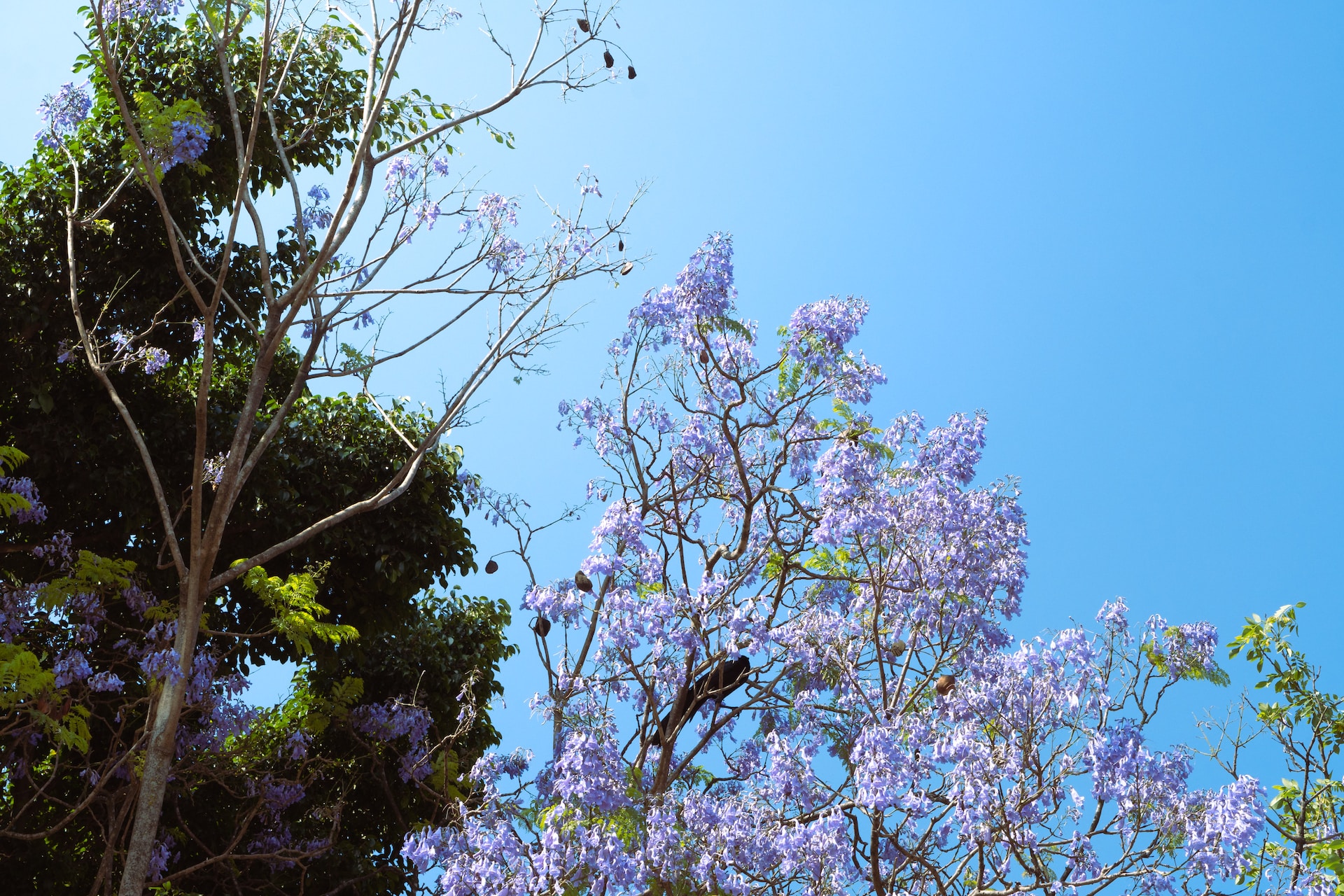Revamping your garden to be more eco-friendly not only benefits the environment but also creates a haven for local wildlife. By introducing a few mindful changes, anyone can transform their outdoor space into a pleasantly bustling sanctuary for birds, insects, and other local creatures. Here are seven practical steps one can make to create a wildlife-friendly garden.
Creating Wildlife Ponds
Adding a wildlife pond is a decidedly effective way to attract a multitude of species. Frogs, toads, newts, and various insects depend on bodies of water for survival. A wildlife pond not only provides these creatures with water but also offers nesting and feeding grounds. To better understand the importance of water bodies for wildlife, visit www.backyardwildlifehabitat.com.
Setting Up Bird Feeders and Baths
Bird feeders and baths offer an irresistible attraction for feathered friends. Having an assortment of seed is perfect for luring a range of bird species. The bird bath not only provides water but also is a place where birds can maintain their feather health by brushing away dust and loose feathers.
Building Insect Hotels
Every garden needs beneficial insects. They aid in pollination and keep the soil healthy. Crafting a dedicated insect hotel in your garden provides shelter for these helpful critters, helping maintain a healthy, balanced ecosystem. The next time you find a ladybug or a praying mantis, take a moment to thank them for their job well done.
Planting Native Plants
Native plants are intrinsically designed to thrive in your region’s soil and climate, requiring less maintenance than exotic species. Moreover, they offer food and shelter to local wildlife species that have adapted to these plants. Enhance your wildlife habitat by planting as many native species as possible.
Installing Bat and Bird Boxes
Bat and bird boxes are excellent habitats for these airborne creatures. Not only do they provide shelter, but they also offer a safe place to raise their young. To turn your green space into a certified wildlife habitat, check out this guide from www.farmanddairy.com.
Making a Compost Pile
Compost piles are not just for making nutrient-rich soil. They also house beneficial insects, fungi and other creatures that help break down organic material, enriching the soil. By creating a compost pile, you help in reducing kitchen waste and contribute to a healthier garden ecosystem.
Managing Pets and Pesticides
Pets are lovely companions, but they can be a real threat to wildlife. By managing your pets and keeping them from disturbing nesting birds and other small creatures, you can create a safer habitat. Pesticides, although helpful in eliminating pests, can also harm beneficial insects and other wildlife. It’s advisable to pursue non-toxic alternatives where possible. Visit www.austintexas.us5.list-manage.com to learn more about natural alternatives.

